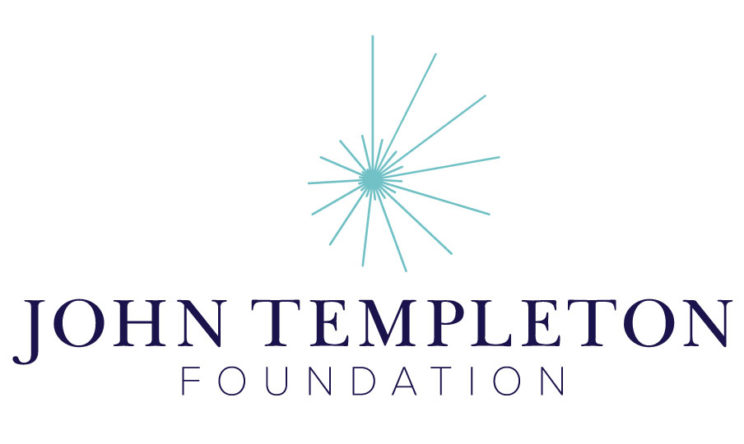Foundations of Cultural Evolution
Lecture 3: Should cultural traits be adopted because of their prevalence?

Introducing more complex conditions in your evolutionary simulation
In the previous modules we explored the advantages to imitating or socially learning from others. We more recently learned how adopting the behaviors of successful others may influence the evolution of a trait depending on the strength of selection, payoff differences and assortment. It is also often the case information about best behaviors is opaque or closed to the observer. As psychological experiments have documented, individuals may use the frequency of a behavior to inform them of what behavior to adopt. Is there an advantage to adopting traits because of their prevalence?
References cited
Henrich, J., & McElreath, R. (2003). The evolution of cultural evolution. Evolutionary Anthropology: Issues, News, and Reviews, 12(3), 123-135."
Additional readings about payoff-bias and the adoption of behaviors
Efferson, C., Lalive, R., Richerson, P. J., McElreath, R., & Lubell, M. (2008). Conformists and mavericks: The empirics of frequency-dependent cultural transmission. Evolution and Human Behavior, 29(1), 56–64.
Kendal, J., Giraldeau, L. A., & Laland, K. (2009). The evolution of social learning rules: payoff-biased and frequency-dependent biased transmission. Journal of Theoretical Biology, 260(2), 210–219.
Henrich, J., & Boyd, R. (2001). Why people punish defectors. Weak conformist transmission can stabilize costly enforcement of norms in cooperative dilemmas. Journal of Theoretical Biology, 208(1), 79–89.
Whiten, A., Horner, V., & de Waal, F. B. M. (2005). Conformity to cultural norms of tool use in chimpanzees. Nature, 437(7059), 737–740.
Whitehead, H., & Richerson, P. J. (2009). The evolution of conformist social learning can cause population collapse in realistically variable environments. Evolution and Human Behavior, 30(4), 261–273.
This project was supported by Grant #61105 from the John Templeton Foundation to the University of Tennessee, Knoxville (PIs: S. Gavrilets and P. J. Richerson) with assistance from the Center for the Dynamics of Social Complexity and the National Institute for Mathematical and Biological Synthesis at the University of Tennessee, Knoxville.

The Cultural Evolution Society's Online Learning Tutorial Series is licensed under a Creative Commons Attribution-NonCommercial-ShareAlike 4.0 International License. For designers' contact information, click here.



